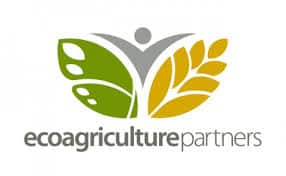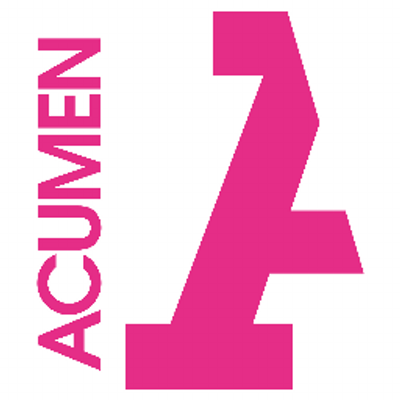Landscape Assessment of Financial Flows (LAFF) is appropriate in a landscape where an established multi-stakeholder partnership has identified a set of landscape objectives that stakeholders agree on and are working to pursue.
Landscape objectives pursued:
1. create economic benefits for local people (income, employment);
2. contribute to restoration of landscape biodiversity;
3. strengthen social capital;
4. contribute to food security
5. contribute to secure access to clean water; and 6. contribute to climate change mitigation.
LAFF facilitates the identification and characterization of major flows of finance to understand how a landscape’s financial context does or does not support an integrated landscape approach. This includes understanding and identifying:
- the make-up of the landscape economy;
- the financial flows with the most important impacts, both positive and negative, on landscape objectives;
- financial resources that could support strategic projects and activities critical to sustainable landscape management;
- key existing financial flows that will need to change in order to better meet landscape objectives;
- opportunities to strengthen the financial governance mechanisms of key financial flows;
- system-wide challenges to the landscape’s financial structure (e.g., key gaps in services); and
- opportunities to strengthen the coordination of investment in the landscape.
Pilot projects were established in Ghana and Indonesia. The focus in Indonesia was the Gunung Tarak Landscape covers a total land area of 506,000 hectares, where the forest cover of which changed from 60% in 2000 to 42% in 2016. In Ghana, the research addressed a total land area is 481,000 hectares, where there has been substantial loss of closed forest cover since 1990, along with an increase in crop land. Both pilot landscapes were problematic to study. Limited resources for implementation, lack of financial literacy among some of the participants, and lack of access to relevant data constrained the analysis.
In both pilot landscapes private sector financial flows made contributions to income and food security than to the other landscape objectives. Public flows were mainly used to achieve environmental and social objectives, but were perceived to be insufficient to counteract the negative impacts of private financial flows. Banks are in a particularly good position to influence the impacts of private flows, since they link to stakeholders who have both positive and negative impacts on a range of sectors and sub-sectors.




